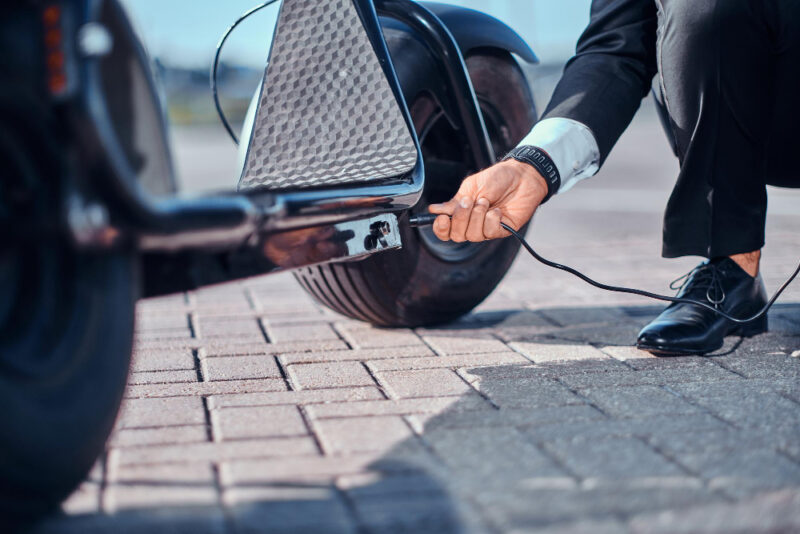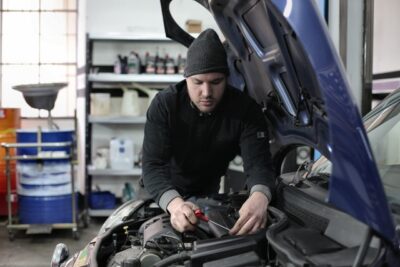Mobility scooters have become essential aids for people with limited mobility, providing them with independence and the freedom to go where they want. However, like any other piece of equipment, mobility scooters need to be maintained to ensure optimal performance and longevity. Proper maintenance enhances safety and also prevents unexpected breakdowns.
With this in mind, here’s a comprehensive guide to mobility scooter maintenance to help users keep their scooters in top condition.
Regular Inspection
Routine inspection is crucial for identifying any potential issues before they escalate. Check the tires for wear and tear, making sure they’re properly inflated and have sufficient tread. Examine the brakes to ensure they’re working, and test the lights, indicators, and horn for proper operation.
Battery Care
The battery is the heart of a mobility scooter. To prolong its lifespan and maintain performance, follow these tips:
- Charge the battery regularly, preferably after each use, to prevent deep discharge.
- Clean the battery terminals periodically to prevent corrosionusing a baking soda and water mix.
- Try not to overcharge the battery because it can lead to overheating and reduce its longevity.
- Keep the scooter stored in a cool, dry place to prevent extreme temperature fluctuations, which can affect battery performance.
Cleaning and Lubrication
Regular cleaning not only keeps the scooter looking good but also prevents dirt and debris from causing damage. Use a mild detergent and a soft cloth to clean the exterior surfaces, avoiding harsh chemicals that may damage the paint or plastic components. Additionally, lubricate moving parts such as hinges, pivot points, and throttle controls to ensure smooth operation and prevent rusting.
Wheel Maintenance
Proper wheel maintenance is essential for a smooth and safe ride. Here’s what you should do:
- Check the wheel nuts regularly to ensure they’re tight.
- Check wheel bearings for signs of wear and replace them if necessary. In this case, it’s advisable that you go to a reputable retailer like Discount Scooters for disability scooter spares.
- Clean debris from the wheel rims to prevent interference with braking and traction.
Seat and Controls
The seat and controls are critical for user comfort and safety. Follow these maintenance tips:
- Regularly inspect the seat upholstery for any tears or damage, and replace if needed.
- Check the adjustment mechanisms to ensure the seat is securely attached to the scooter.
- Clean the controls regularly to prevent dirt and grime buildup, which can affect their responsiveness.
Electrical System
The electrical system powers essential components such as lights, indicators, and the motor. To maintain it:
- Look at wiring harnesses for signs of wear or damage, and repair or replace as needed.
- Keep electrical connections clean and tight to prevent corrosion and ensure proper conductivity.
- Test the electrical components periodically to ensure they’re functioning correctly.
Professional Servicing
While regular maintenance can prevent many issues, it’s essential to have the scooter serviced by a qualified technician at least once a year. A professional can pinpoint potential problems that may not be apparent during routine inspections and perform thorough checks and adjustments to ensure the scooter is in optimal condition.
By following these maintenance guidelines, users can ensure their scooters remain reliable, safe, and efficient. Regular inspection, proper battery care, cleaning and lubrication, wheel maintenance, seat and control upkeep, attention to the electrical system, and periodic professional servicing are all key aspects of maintaining a mobility scooter. With regular care and attention, users can enjoy their freedom and independence.










